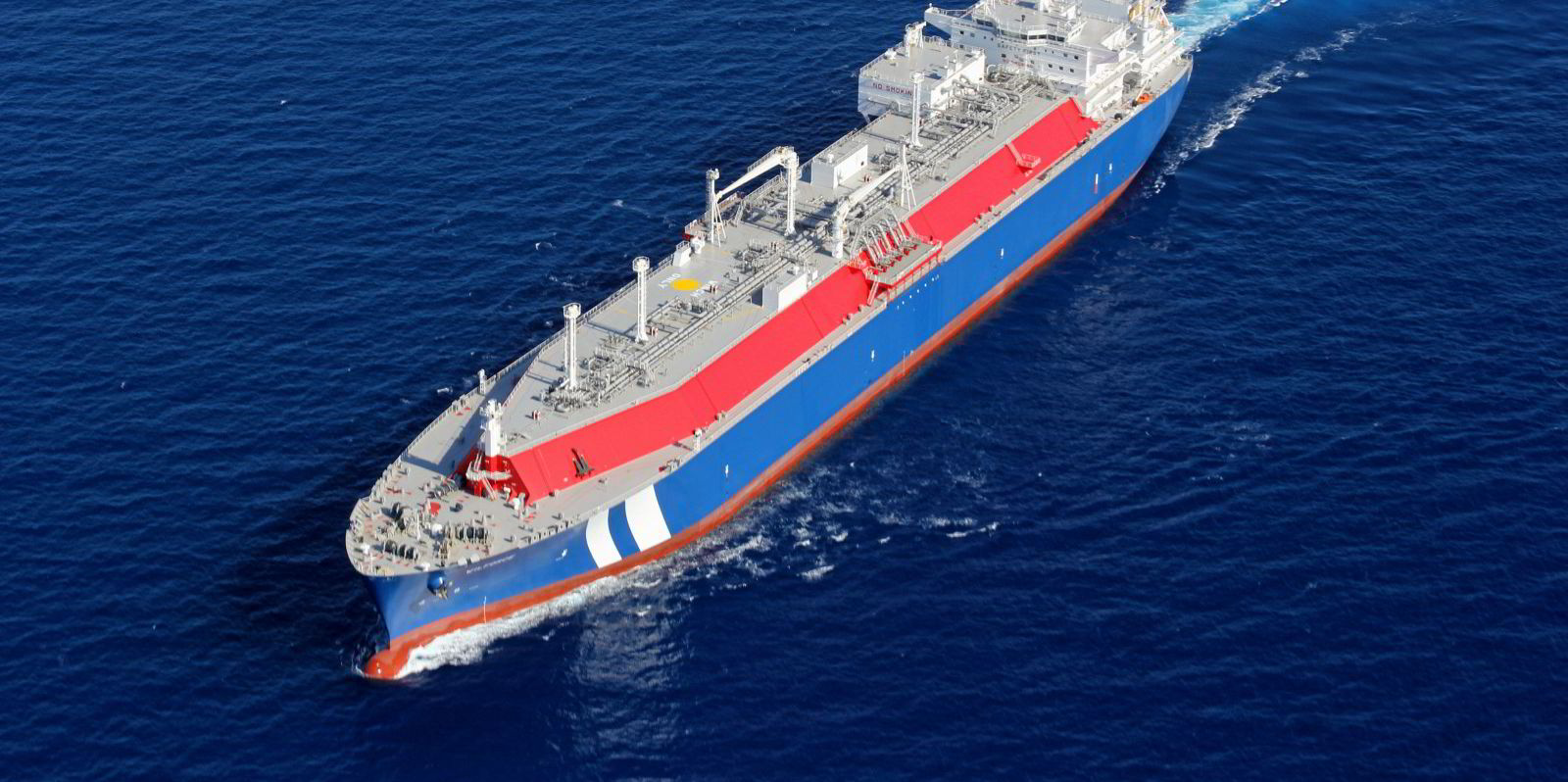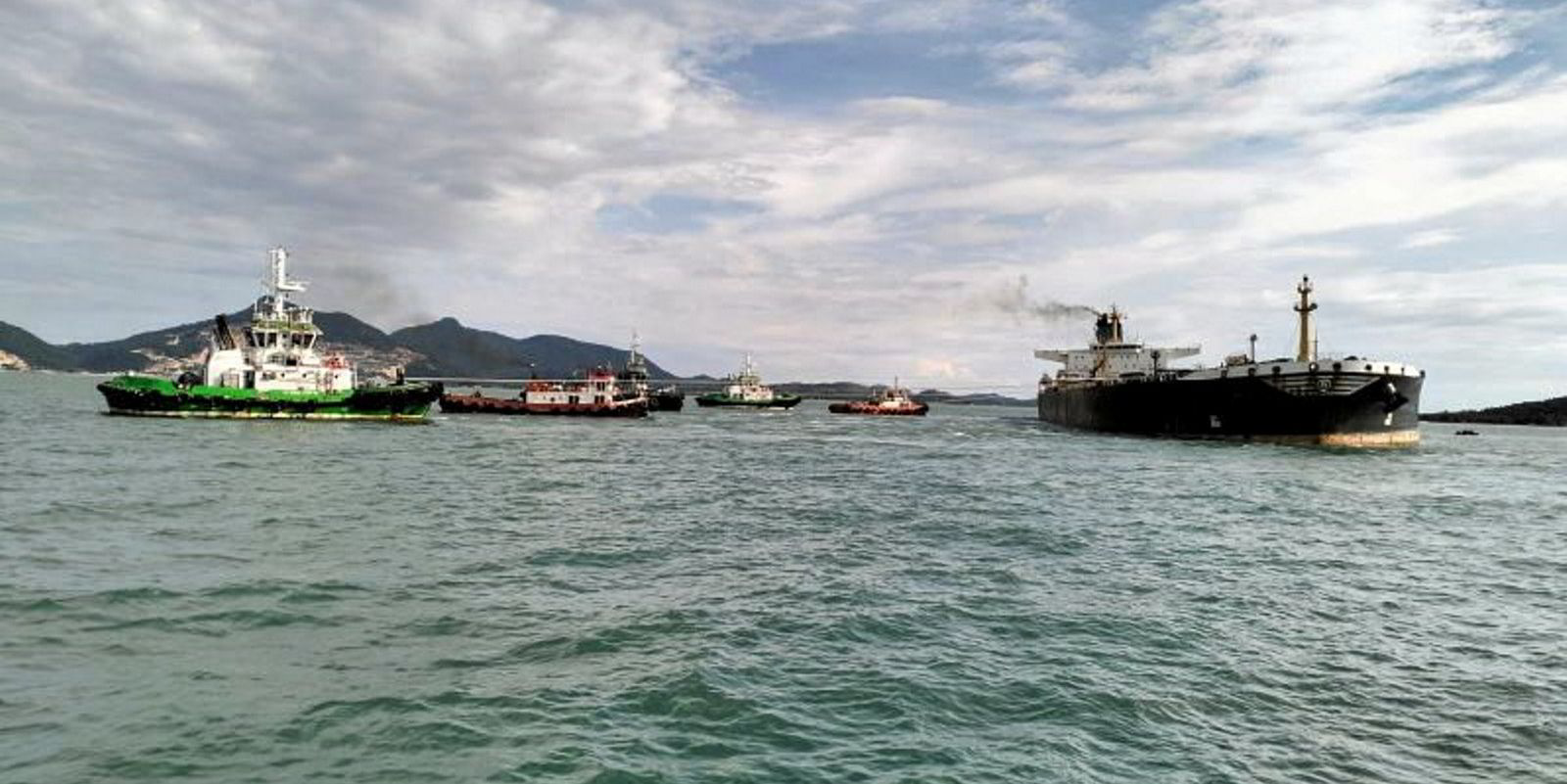Norway’s Awilco LNG has agreed on a final settlement following years of legal action over a 2019 collision off Singapore.
The Oslo-listed company’s 156,000-cbm WilForce (built 2013) was involved in a clash with the 39,300-dwt newly built open-hatch bulker Western Moscow (built 2019).
The gas carrier, which was in ballast, spent months under repair.
Awilco LNG has always maintained its ship was hit by the bulker.
Now a “full and final settlement agreement between owners and insurance companies on both sides” has been reached, the company said in a stock exchange filing.
The Norwegian owner will receive about $4.9m as compensation for costs and lost time following the collision, the owner added.
This will be booked as income in the fourth quarter.
In May 2022, the Admiralty Court in London found the handysize bulker mainly responsible for the accident.
This was despite an admission from the gas vessel’s master immediately after the incident that “we f***ed up”.
Transcript revealed
Judge Sir Nigel Teare ruled that the Western Moscow, owned by Ratu Shipping and on its maiden voyage, was liable for 75% of the £14m ($17.6m) damage costs.
The judgment included a transcript of conversations between the ships and Singapore’s vessel traffic information system (VTIS).
As a collision became more of a possibility, VTIS said to the WilForce: “Take early action eh. Keep lookout. You’ve this Western Moscow. Starboard bow, going to the westbound traffic lane.”
The Awilco LNG master replied: “But I cannot stop ship now. I cannot slow down now. It’s going now very quick. I am very close to him now and I’ve this towing system here. I cannot… I am slowing down … but it’s crazy.”
The captain then told the Western Moscow: “We are going to crash. Go to starboard now.”
But the port bow of the bulker struck the port side of the WilForce at an angle of about 50 degrees.
After the collision, the master of the WilForce said on the bridge: “We f***ed up.” But he also blamed the Western Moscow, saying it “did not turn”.
‘Poor lookout’
Teare said the lookout on board the Western Moscow was “very poor”.
“Given that Western Moscow was navigating within the southern part of the Precautionary Area and intent on joining the westbound traffic lane, this poor lookout was particularly blameworthy,” the judge added.
By contrast, the WilForce appreciated the risk of collision because the vessel was keeping a good lookout, Teare found.
The LNG ship’s fault lay in the reaction to the risk of collision created by the bulker, although the WilForce’s ability to react was limited by its own prior fault regarding speed, the ruling said.




